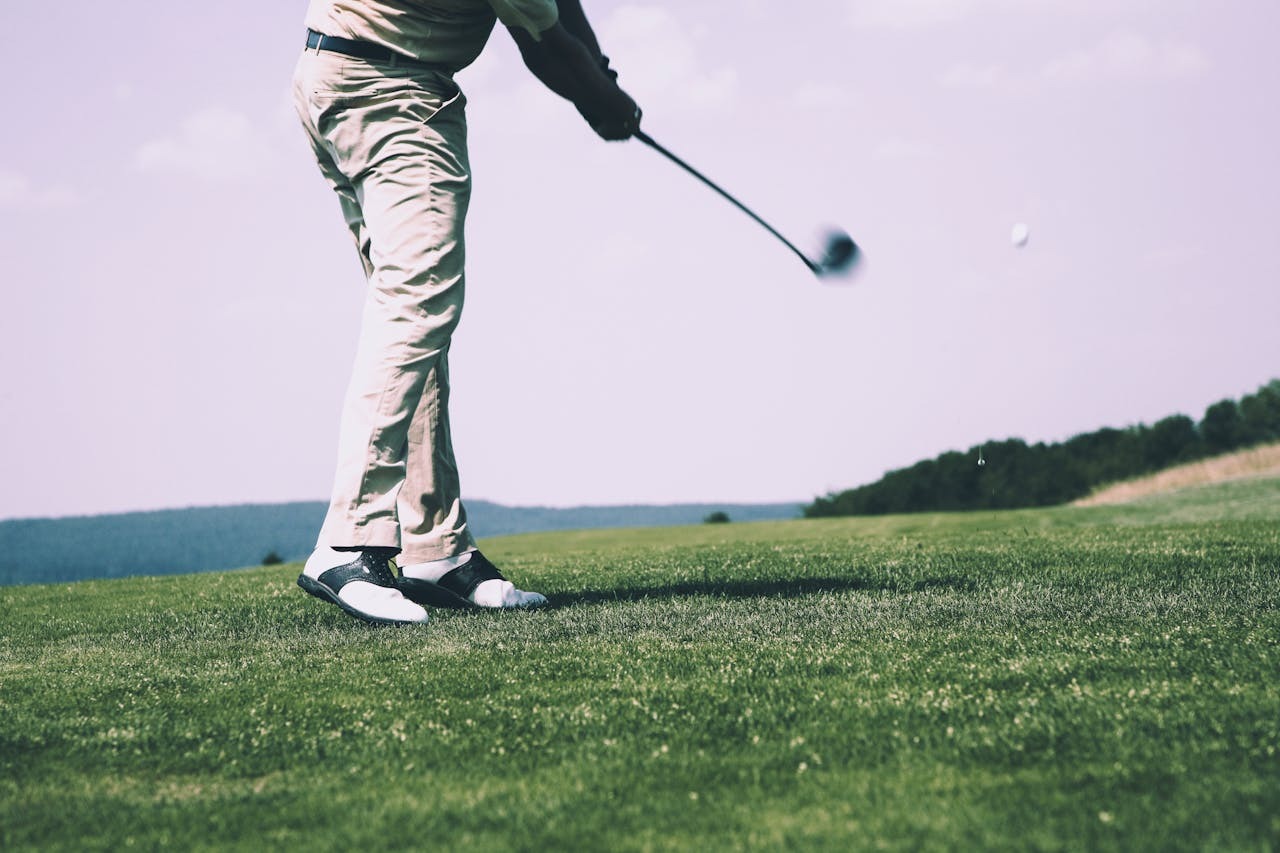Overuse injuries, such as shin splints or golfer’s elbow, are common among athletes and active individuals who repeatedly stress certain parts of the body. These injuries can hinder performance and derail training schedules. Low-Level Laser Therapy (LLLT) is a proven method for reducing inflammation, promoting tissue repair, and strengthening connective tissues, making it an effective tool for preventing overuse injuries.
How Laser Therapy Prevents Overuse Injuries
Laser therapy, also known as photobiomodulation therapy (PBMT), uses red and near-infrared light to penetrate tissues, stimulate cellular activity, and promote healing. By reducing inflammation and enhancing tissue repair at the cellular level, laser therapy can fortify muscles, tendons, and ligaments against repetitive stress injuries. Devices like the Handy Cure Low-Level Laser Therapy Device make this advanced therapy accessible for at-home use.
Benefits of Laser Therapy for Preventing Overuse Injuries
- Inflammation Reduction: Laser therapy modulates the inflammatory response, decreasing chronic inflammation that often leads to overuse injuries.
- Tissue Strengthening: By promoting collagen synthesis, laser therapy enhances the strength and flexibility of muscles, tendons, and ligaments.
- Pain Management: Early intervention with laser therapy reduces minor discomfort, preventing it from escalating into a more serious condition.
- Improved Recovery: Regular therapy accelerates recovery from micro-damage caused by repetitive motion.
- Non-Invasive and Safe: Laser therapy is a natural, drug-free method to support long-term tissue health.
Top 5 Questions About Laser Therapy for Overuse Injury Prevention
1. How Does Laser Therapy Prevent Overuse Injuries Like Shin Splints?
Laser therapy prevents overuse injuries by reducing inflammation and enhancing cellular repair processes. For conditions like shin splints, it strengthens the surrounding muscles and connective tissues while improving circulation, which aids in quicker recovery from micro-damage caused by repetitive stress.
2. Can Laser Therapy Be Used to Manage Existing Overuse Injuries?
Absolutely. Laser therapy is highly effective in managing and reversing overuse injuries such as golfer’s elbow or tendonitis. It alleviates pain, reduces swelling, and stimulates healing, making it a dual-purpose solution for both prevention and treatment.
3. How Often Should Athletes Use Laser Therapy for Prevention?
To prevent overuse injuries, 2-3 sessions per week are recommended for the most active areas. Devices like the Handy Cure Low-Level Laser Therapy Device are designed for frequent and targeted use, making it easy to maintain a preventative regimen.
4. Is Laser Therapy Safe for Long-Term Use?
Yes, laser therapy is safe for regular and long-term use. It is non-invasive, painless, and free of significant side effects when used according to the manufacturer’s instructions. It’s an ideal solution for athletes seeking to prevent injuries without relying on medications or invasive treatments.
5. Does Laser Therapy Replace Other Preventative Measures, Like Stretching?
Laser therapy complements, rather than replaces, other preventative measures. Stretching, strength training, and proper technique remain essential components of injury prevention, but laser therapy adds an extra layer of protection by enhancing tissue health and reducing inflammation.
Why Choose Laser Therapy for Overuse Injury Prevention?
Repetitive strain injuries can disrupt even the most disciplined training routines, but laser therapy offers a proactive solution. By integrating devices like the Handy Cure Low-Level Laser Therapy Device into your regimen, you can reduce the risk of injuries like shin splints and golfer’s elbow while improving overall tissue resilience.
For athletes and active individuals, laser therapy is a proven, natural way to stay on track and perform at your best. Visit Laser Pain Relief to explore how this technology can help you stay injury-free.
